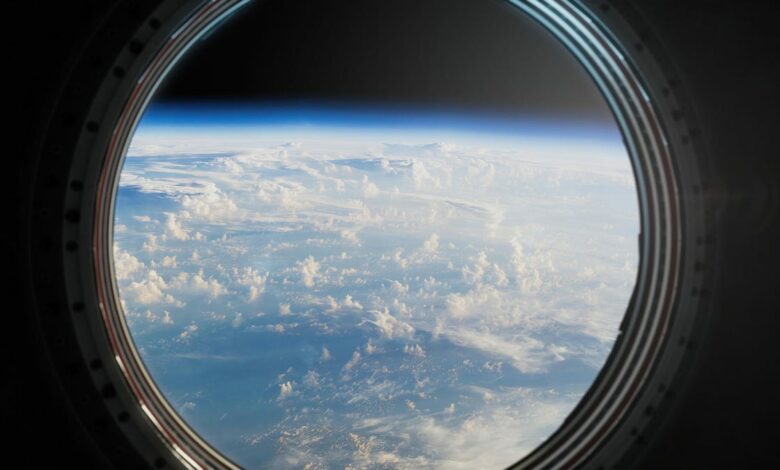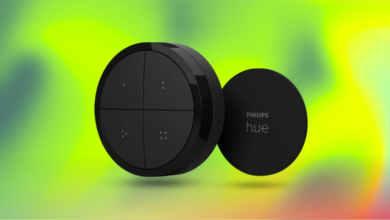Two astronauts stranded in space until 2025: How they will be rescued

It sounds like a pitch for a spooky sci-fi or horror movie: two astronauts stranded in space. But for Sunita “Suni” Williams and Barry “Butch” Wilmore, currently stuck on the International Space Station, the situation isn’t nearly as Hollywood-scary as that. Let’s break it down.
Who are the astronauts?
Wilmore, 61, and Williams, 58, are experienced astronauts — both Navy officers and former test pilots. Williams has been a NASA astronaut since 1998 and Wilmore since 2000. Both have extensive experience in space.
Williams is the former record holder for most spacewalks by a woman (seven) and most spacewalk time by a woman (50 hours, 40 minutes). In 2007, she ran the first marathon by a person in space.
In 2009, Wilmore piloted the space shuttle Atlantis on its mission to the ISS, and in 2014, she was part of the ISS crew that used a 3D printer to create a tool in space: a ratchet wrench. This was the first time humans had ever manufactured something off Earth.
What is their mission in space?
Wilmore, as commander, and Williams, as pilot, traveled to the ISS in a 15-foot-wide, Boeing-made capsule called Starliner. They launched on June 5 and docked with the ISS on June 6. NASA hopes that Starliner will provide the agency with a new way to get crews to and from the ISS, and the fact that it is made by Boeing is another sign that NASA is starting to lean on the private sector for its human spaceflight options, The New York Times reported.
Wilmore and Williams’ ISS mission was supposed to last just eight days, during which they would test aspects of Starliner and see how it works with a human crew in space. But due to complications with Starliner, the two astronauts are still out there, and won’t return until 2025. They’ve been busy — working with the ISS Expedition 71 crew to conduct research and maintenance activities, NASA said.
How did they get stuck in space?
The Starliner was delayed in May by a valve problem in the rocket, and engineers then had to repair a helium leak. It’s all bad news for Boeing, which is competing with SpaceX, which has been ferrying astronauts to the ISS since 2020 and has made more than 20 successful trips to the space station.
Starliner finally launched, atop an Atlas V rocket, on June 6, but it was not without its problems. NASA announced that three helium leaks were identified, one of which was known before the flight, and two new ones. In addition to the leaks, the crew also had to troubleshoot faulty control thrusters, although the craft was able to dock successfully with the ISS.
SpaceX has had its share of failures, too. A Falcon 9 rocket exploded on its launch pad in 2016. And in July, a Falcon 9 rocket suffered a liquid oxygen leak and placed its satellites in the wrong orbit, The New York Times reportedBut that said, SpaceX has over 300 successful Falcon 9 flights to its credit.
The astronauts are safe
NASA quickly reported that the astronauts were not in danger and were not completely trapped.
“There is no rush to bring the crew home,” NASA said said in a statement last week. “This is a lesson learned from the Space Shuttle Columbia accident. Our NASA and Boeing teams are reviewing data from additional testing and analysis in space and on the ground, and are providing mission managers with data to make the best and safest decision about how and when to return the crew home.”
A decision was made on Saturday.
When and how do the astronauts get home?
NASA said last week that it has decided to return Starliner to Earth without a crew, likely in September, and bring Wilmore and Williams home early next year in the SpaceX Crew-9 Dragon spacecraft.
“Wilmore and Williams will formally continue their work as part of the Expedition 71/72 crew through February 2025,” the space agency said. said in a statement. “They are flying home aboard a Dragon spacecraft with two other crew members assigned to the agency’s SpaceX Crew-9 mission.”
That mission will not launch until Sept. 24, NASA said. Originally, there were to be four crew members on board for launch, but two will now remain behind to make room for Wilmore and Williams’ return trip.
As for Boeing’s Starliner, NASA expects the unmanned craft to leave the ISS in early September and “make a safe, controlled autonomous re-entry and landing.”
The space agency said it will share more information once plans are finalized.
“Spaceflight is risky, even at its safest and most routine,” NASA Administrator Bill Nelson said in the statement. “A test flight is by its very nature neither safe nor routine. The decision to keep Butch and Suni aboard the International Space Station and to bring Boeing’s Starliner home unmanned is a result of our commitment to safety — our core value and our North Star.”
NASA and Boeing have completed “a tremendous amount of testing and analysis, and this flight test provides critical information about Starliner’s performance in space,” Steve Stich, manager of NASA’s Commercial Crew Program, said in the statement. “Starliner is a very capable spacecraft, and the bottom line is that a higher level of assurance is needed to perform a crewed reentry … Our efforts will help prepare for the uncrewed reentry and will greatly benefit future corrective actions for the spacecraft.”
What do the astronauts say?
The astronauts don’t seem to panic.
“We are having a great time here on the ISS,” Williams said at a press conference held from space in July. “I’m not complaining. Butch’s not complaining that we’re here a couple extra weeks.”
And despite the Starliner’s problems, Wilmore seems positive about the aircraft.
“The spacecraft performed incredibly well,” he said, though he noted that the thrust issues from the second day were evident. “You could see the thrust control, the power was reduced,” he said.
On Saturday, Norman Knight, the head of NASA’s flight director office, said he had spoken with the two astronauts about the decision to send them back aboard the SpaceX Crew-9 Dragon early next year, The New York Times reported. reported.
“They fully support the agency’s decision,” Knight said, according to the Times, “and they are prepared to continue this mission aboard the ISS.”
CNET’s Edward Moyer contributed to this report.




